Parmigiana di melanzane
melanzane alla parmigiana, aubergine parmigiana, eggplant parmigiana, eggplant parmesan
Parmigiana , also called parmigiana di melanzane ( Italian: [parmiˈdʒaːna di melanˈdzaːne; -ˈtsaːne]), melanzane alla parmigiana ( Italian: [melanˈdzaːne; -ˈtsaːne ˌalla parmiˈdʒaːna]) or, in the United States, eggplant parmesan, is an Italian dish made with fried, sliced eggplant layered with Parmesan cheese and tomato sauce, then baked. The origin of the dish is claimed by the regions of Campania, Sicily, and Emilia-Romagna. There are several theories about the origin of the dish. Most frequently its invention is attributed to either Campania, Sicily or Parma, in Emilia-Romagna. The case for Parma is that parmigiana refers to Parma and because Parmesan cheese is produced there. Sicilian food writers have several different explanations for a Sicilian origin. According to author Pino Correnti, the word parmigiana derives from the Sicilian word for damigiana, a wicker sleeve used both for wine bottles and the hot casserole in which the dish would be prepared and served. Authors Mary Taylor Simeti, Vincent Schiavelli, and several others write that the name derives from the Sicilian word for 'louver', palmigiana. The angled horizontal slats of a louver would resemble the layering of eggplant slices in the dish. Writer Franca Colonna Romano Apostolo suggests that the name is parmiciana, which means 'Persian' in Sicilian. Wright traces the origin of parmigiana to Naples. The ancestor of the modern dish appears in Vincenzo Corrado's cookbook Il cuoco galante from 1786. His recipe described eggplant seasoned with butter, herbs, cinnamon, other spices, and grated Parmesan cheese, which was then covered with a cream sauce of egg yolks before being baked in an oven. The modern version with Parmesan and tomato ragù as key ingredients appears several years later in Ippolito Cavalcanti's cookbook Cucina teorico-pratica, which was published in Naples in 1837. According to Wright, this suggests that the dish evolved in Naples during this time frame, which coincided with the increasing popularity of the tomato in Italian cuisine. Author Marlena Spieler agrees with a Neapolitan origin of the dish for the same reasons.
Source: Wikipedia
Recipes

La Parmigiana di Melanzane - Antonio Carluccio

Parmigiana di Melanzane (Eggplant Parmigiana) Recipe on Food52

Parmigiana di Melanzane — Meike Peters | eat in my kitchen

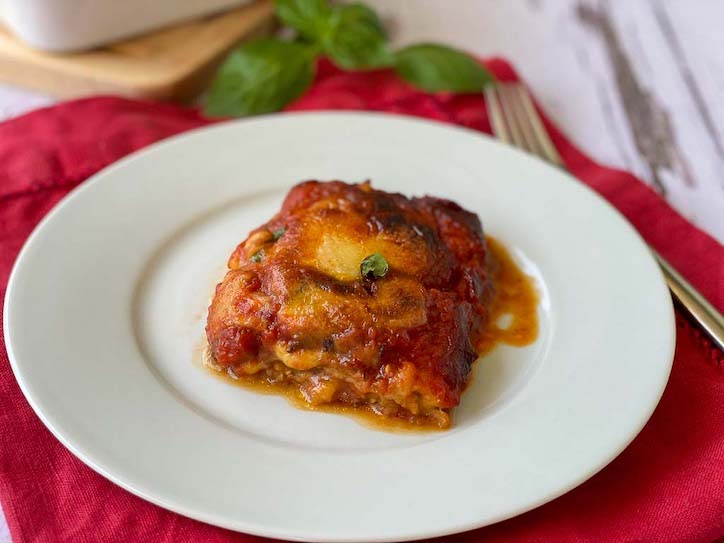



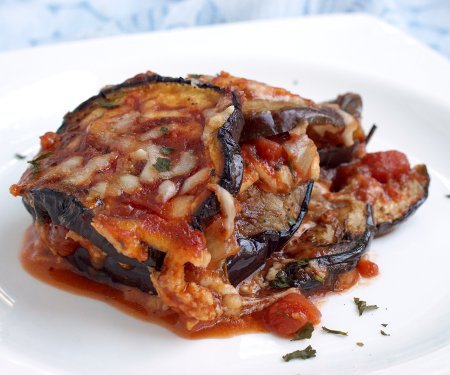
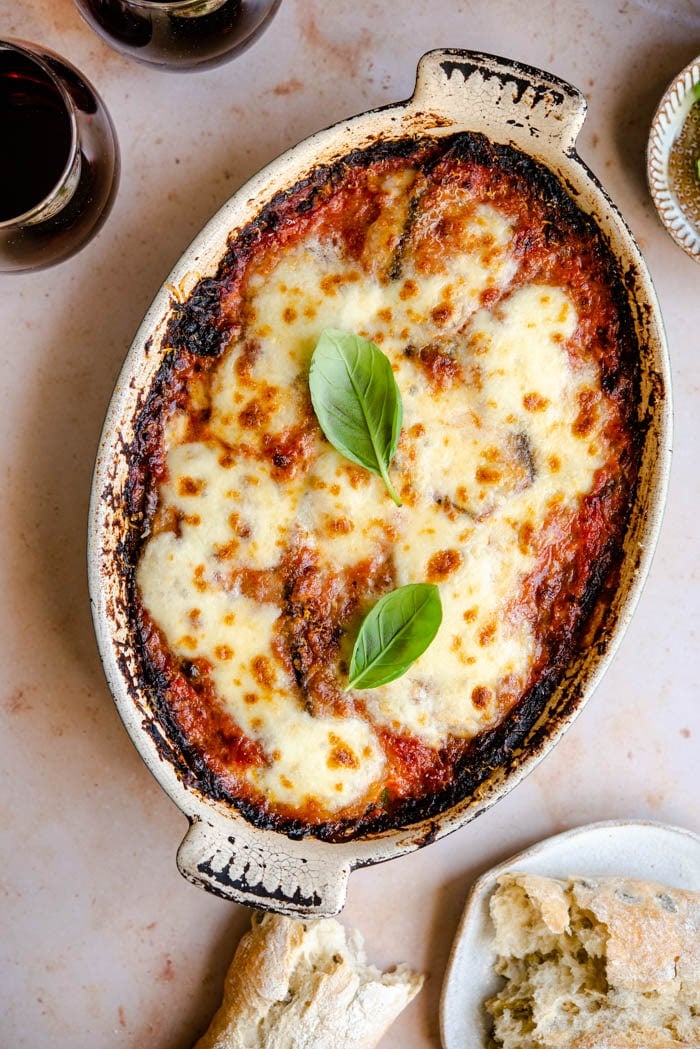
:max_bytes(150000):strip_icc()/authentic-eggplant-parmesan-3954523-hero-01-df2b722e5352466d81e0b7f7cea9c754.jpg)
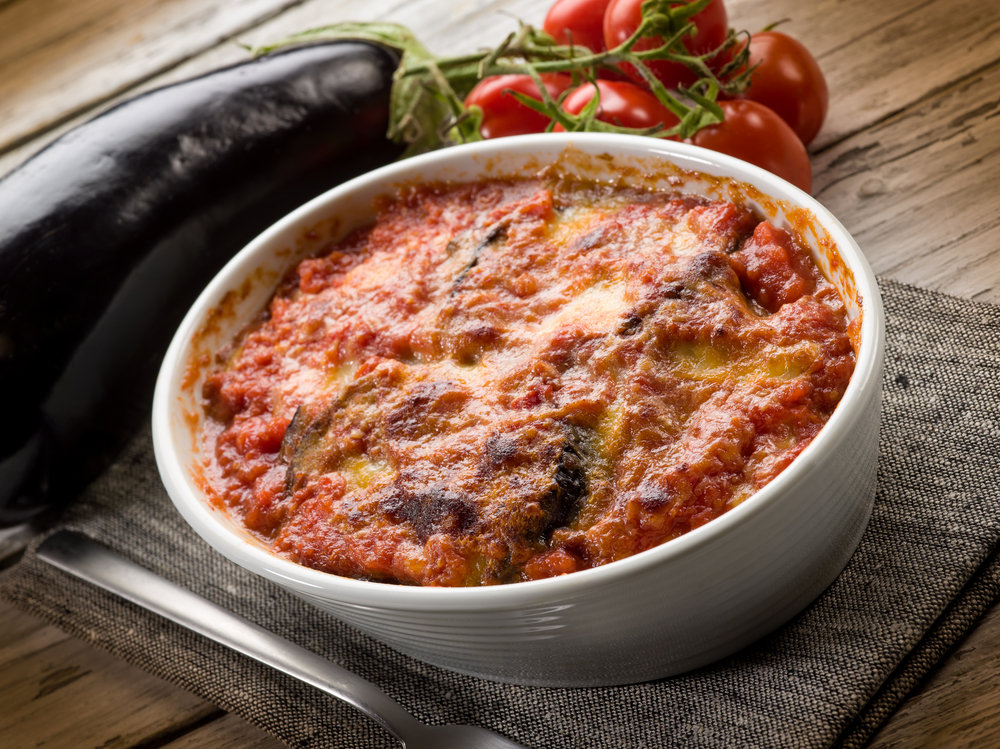
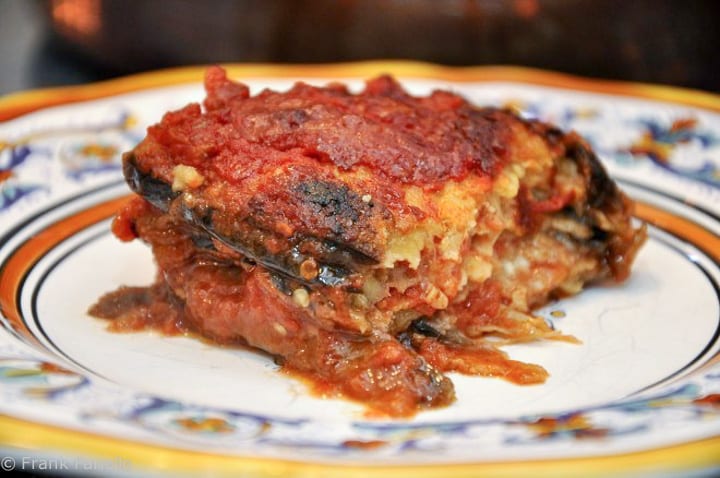
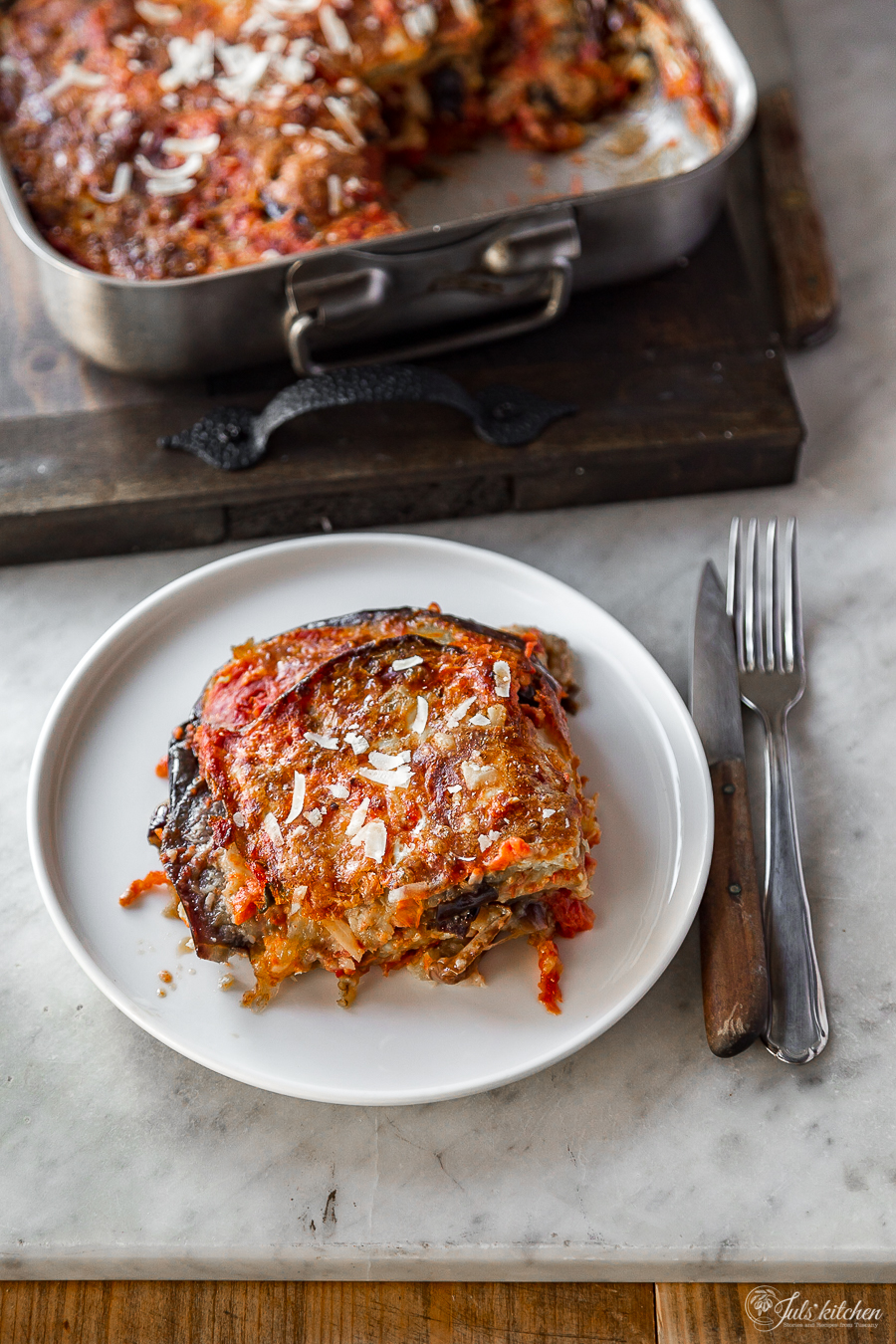

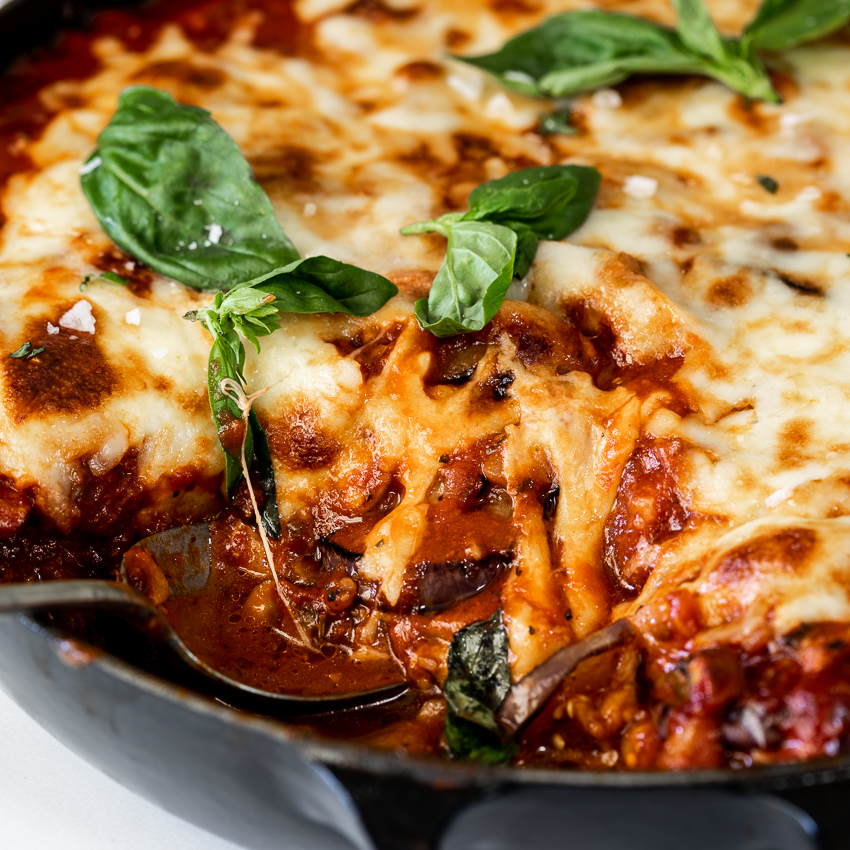
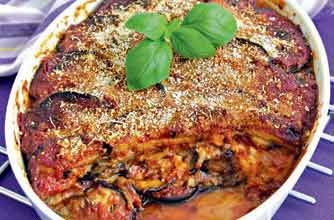





:max_bytes(150000):strip_icc()/5388311-italian-baked-eggplant-with-parmesan-parmigiana-di-melanzane-Magda-1x1-1-e6d695827f2b46b58f7037a1dab54a71.jpg)

